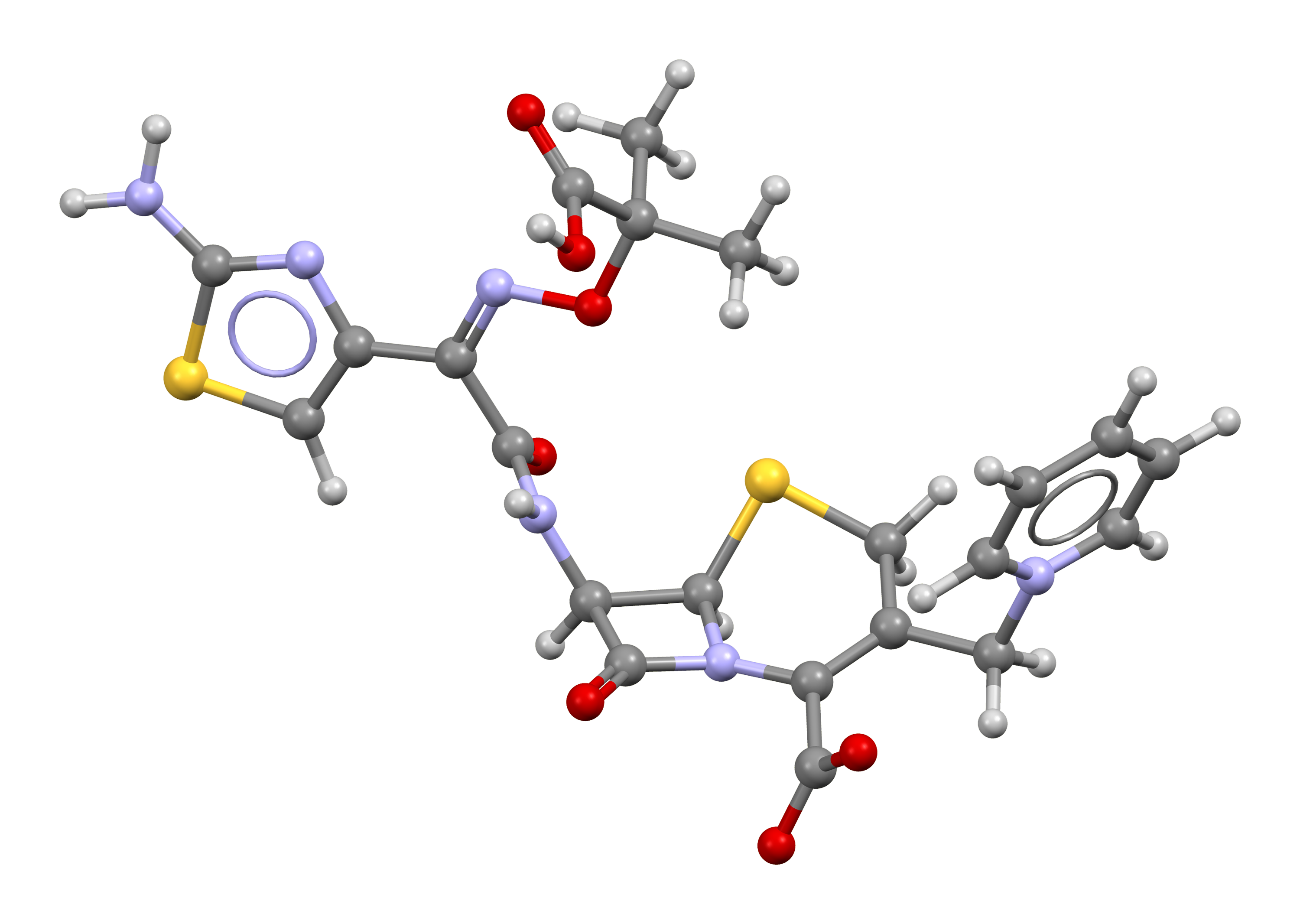| drug | Ceftazidime |
| name | Ceftazidime |
| classification | Third-generation cephalosporin antibiotic |
| pharmacokinetics | | absorption | Well absorbed after intramuscular or intravenous administration. Oral absorption is limited. | | distribution | Distributes widely throughout the body, including the lungs, kidneys, and cerebrospinal fluid (CSF). Penetration into CSF is often dependent on the presence of inflammation. | | metabolism | Primarily eliminated unchanged by the kidneys. | | excretion | Excreted primarily by the kidneys; it's important to adjust dosage in patients with renal insufficiency. |
|
| suggested dosage | | adult | The dosage of ceftazidime varies significantly depending on the infection and the patient's renal function. It should be determined by a healthcare provider. A 25-year-old male weighing 70 kg would generally receive a dosage appropriate to his infection. | | notes | Always follow the specific instructions from a prescribing physician. |
|
| indications | | 1 | Treatment of serious bacterial infections, including pneumonia, urinary tract infections, septicemia, and intra-abdominal infections. | | 2 | Often used in combination with other antibiotics. | | 3 | May be used in uncomplicated skin and soft tissue infections (refer to prescribing information) |
|
| safety in pregnancy | Ceftazidime can be used during pregnancy, but only when the potential benefits outweigh the potential risks. Consult with your doctor or pharmacist regarding appropriate use in pregnancy. Use in the later stages of pregnancy should be carefully weighed given the possibility of neonatal side effects. |
| safety in breastfeeding | Ceftazidime can pass into breast milk, and its effects on the infant are unknown, although usually considered to be minimal or mild. If the mother requires the antibiotic, breastfeeding can be maintained with close monitoring of the infant for side effects. Consultation with a healthcare provider is essential. |
| side effects | | 1 | Nausea, vomiting, diarrhea, abdominal pain | | 2 | Headache, dizziness | | 3 | Allergic reactions (hypersensitivity), such as rash, hives, itching, anaphylaxis | | 4 | Superinfection (growth of drug-resistant bacteria) | | 5 | Blood dyscrasias (rare, but serious effects on blood cells) | | 6 | Elevated liver enzyme levels, renal dysfunction |
|
| alternatives | |
| contraindications | | 1 | Known hypersensitivity to ceftazidime or other cephalosporins or penicillin | | 2 | History of severe allergic reactions (anaphylaxis) to any antibiotics | | 3 | Patients with significant renal dysfunction (severe kidney problems) requiring dose adjustment |
|
| interactions | | 1 | May interact with other medications, such as aminoglycosides, probenecid, and other antibiotics. These interactions may require dosage adjustments or alternative treatments. Consult your healthcare provider. | | 2 | May increase the risk of nephrotoxicity when given with aminoglycosides |
|
| warnings and precautions | | 1 | Monitor renal function, especially in patients with pre-existing kidney disease | | 2 | Careful monitoring of patients for allergic reactions is necessary | | 3 | Use with caution in patients with a history of gastrointestinal problems, particularly those with colitis or diarrhea. | | 4 | Always follow the prescribed dosage and duration of treatment | | 5 | Obtain cultures for appropriate identification of the causative bacteria, especially when in combination with other antibiotics |
|
| additional informations | Ceftazidime is a potent antibiotic, but it should only be used when diagnosed with a bacterial infection. It should be used with proper caution given the possibility of severe adverse effects. This information is for educational purposes only and should not be considered medical advice. Always consult a qualified healthcare provider before taking any medication. |
